
The idea of decolonisation has been important in the art discourse the last couple of years.* However, its main focus seems to be institutions, mostly museums and collections. This prompts the question: What does it mean to initiate the discussion on decolonisation from that particular perspective? Isn’t that to frame the problem within the already existing structures and systems of power, thereby confirming the hierarchy of domination, exposition, and object thinking that substantiates ownership and privilege? Institutional issues are certainly important – not least considering the global rise of private art museums. However, I’m suspicious about the default institutional framing of these debates, and I would like to ask: Shouldn’t the dialogue on decolonisation begin from the idea of the subject and a reflection on the framework of the discussion? And if so, why don’t we start with decolonising art criticism?
Decolonising the art institution usually means reviewing the canon and questioning its ability to include different voices or perspectives (remembering that decolonisation is not the same as diversity). It also includes the practice of going beyond the dominant cultural groups and resisting the reproduction of colonial taxonomies. Decolonising art criticism, on the other hand, would mean raising equally fundamental questions about how stories are told, what the platforms of dialogue are, how they function, and finally, who is allowed to speak. The latter is a particularly uncomfortable question for writers and editors. As art historian James Elkins once noted, it is very difficult to criticise criticism. What seems even more difficult is to criticise those who write it.
Decolonisation implies recognising and fighting hierarchies, positions of power, and inequalities. However, such issues are not only connected with the colonial past but also with such factors like social class, gender, race, ethnicity, nationality, language, etc. This affects the discussion on decolonisation and the shape it takes, which issues are in the centre, and also which inequalities become visible. And the art world and art criticism remain very particular cases of inequality.
On the one hand, art criticism is based on cultural and economic capital, resulting in streams of power that are both formal (related to position and money) and symbolic (the order of appreciation, knowledge, visibility, and recognition). Even if we don’t live in the time of Greenbergian criticism, in which announcing that Pollock was a great painter meant establishing the economic value of Pollocks, critics’ words still shape public opinion. On the other hand, art criticism is a part of precarious capitalism, in which text, writers, and language are treated as commodities. This means producing and reproducing low fees, unpaid internships, and connections which privilege those with said cultural and economic capital.

How can we, in this acutely unequal sphere, talk about decolonisation? Who is going to write about that? The already privileged critics, editors, and art professionals who hold stable job positions? Or should we open up the pages to the precariat of writers, listening to their voices and making sure that their proposals get through the editorial wall of interest, instead of being ignored? For instance, it would be interesting – with respect and understanding for the massive amount of work that editors and publishers do – to review the ‘Salon des Refusés’ of art criticism, or to be more precise, to see which articles and proposals have been rejected or ignored by such art magazines as Frieze, Artforum, etc. Even if art discourse plays a marginal part in constituting history, it still does.
Art criticism, at least in the Western tradition, appeared as a late achievement of Enlightenment – the age of universal reason. That is to say, the same epoch that produced colonisation and the reification of nature. The justifications of colonialism were ‘rational’: political, military, ideological (planting the flag of ‘civilisation’), or humanitarian, hiding beyond the economic and violent reality of looting, profit, slavery, and exploitation of labour. Philosopher Achille Mbembe accurately underlines the connection between colonialism and capitalism – the power of capture, influence, and polarisation. In a contemporary world – of which art is a small part – capitalism frames inequalities which are subsequently accelerated by neoliberalism. I evoke this context to emphasise that any idea of decolonisation without a reflection on knowledge, history, socio-economic realities, and the position from which one speaks at best is naïve. At the worst it is simply wrong.

As theorist of photography and visual culture Ariella Aïsha Azoulay notices in her recent volume Potential History Unlearning Imperialism, the concept of imperialism that enabled, encouraged, authorised, and justified the gaze on, and the knowledge of, other cultures, was harmful in its own right. Decolonisation is not an act of exorcism, it is not about practicing anti-European critique, it is not about ghosts. It is about real people whose story was never written. History was written from the supposedly neutral position of objectivity and universality, which in fact was neither universal nor objective; the same goes for art history and art criticism. This is something more than the critical shift from modernism to postmodernism, which made the system of writer, writing, and the text visible. I argue that the very structure of art criticism privileges stories and voices which function in a superficially innocent realm – one with very limited options. What are they? Firstly, there are highly prestigious peer-review articles (where the writer sometimes has to pay a fee) which function mainly in hermetic circles. In most cases, only academics with a stable salary can afford to write these texts and spend time on the endless editing processes. Secondly, as the art field is dominated by English-language journals and magazines, the majority of staff positions privilege native English speakers. This reinforces already existing social inequalities (class, gender, race, etc.) and has a real impact on which subjects and stories are covered, and whose voices are heard. To put it bluntly, writers and editors might simply not like these other voices (social anthropologist Gloria Wekker describes this lack of interest as “a smug ignorance – a state that is not so much about not knowing than about not wanting to know”). This accidental selectiveness creates and maintains an incomplete and false idea of what art is.
Decolonising art criticism is a theoretical and practical critique of reason, knowledge (dear academia and curriculum), and power structures. It will be a challenging process, and it starts from the very basics. But maybe the basics are not that complicated?** Quite recently, all four artists shortlisted for the 2019 Turner Prize were named winners after they came together and made a plea for judges to recognise the causes of commonality, multiplicity, and solidarity. That gesture served as a clear sign of removing hierarchy. Where can we start with art criticism?

Let’s first look at individual and organisational responsibilities. What should the agents of art criticism do? They could start by changing basic editorial procedures, creating an encouraging environment – financially and intellectually – for writers from various backgrounds, especially for those who do not speak native English. The bigger task for art critics is of course to constantly and rigorously question the canon, centre and margin, as well as the positions from which they themselves speak. The knowledge of one’s own privilege is a crucial part of decolonisation. Why? Privilege is structural and systemic, it makes certain relations and positions seem ‘natural’ and ‘obvious’. To recognise privilege is to see the system as well as the individuals (including oneself) who are a part of it. That is why decolonisation also means reviewing employment and promotion practices of editors and writers, encouraging problematic discussions rather than silencing them – listening to all those unprivileged voices. It would also mean supporting those who need support. This means admitting that the professional positions of editor and publisher come not only from hard work, but also from the structural biases in a society that gave these people advantages on different levels of their careers.
Even if decolonisation is mostly about changing the structures and discourses of power, it nevertheless hinges on individuals, and I insist on individual responsibility. Very often in the art world, I hear this apologetic expression: “I know that I have a privileged position.” As if there was a magical split between the individual and the position, thus creating a mystique around the decisions that has put the ‘I’ in a position of power. Well, sorry, there is no magic. The way art criticism produces and reproduces stories and voices is structural, but it also depends on individuals making decisions at specific moments. And what these individuals (i.e. editors) often forget is that a small gesture (or the lack thereof) at the top can make a huge difference at the bottom.

Decolonisation cannot be about theories and ideas if in practice it means “an apologetic smile while explaining to an unlucky soul that they didn’t get the job, or the flick of a wrist that tosses a CV in the bin because the applicant has a foreign-sounding name,” as journalist and author Reni Eddo-Lodge nicely put it. The identity statement, “I’m privileged,” usually means “I have a power,” and if you do – as Toni Morrison once pointed out – then your job is to empower somebody else. And while practicalities for the editor, academic, or art professional from New York, Oslo, London, Zagreb, or Cluj, differ according to local contexts and histories, they all start with reflection on one’s own position and the relationships and possibilities which exist. If decolonisation is only about discussing ideas and using keywords because it sounds good on a web page or a grant application, while at the same time being completely blind to privileges and inequalities in the near surroundings, then it is simply about maintaining power and protecting the status quo.
Decolonization is not a rhetoric, but a set of practices related to real people. Now is the time to get rid of the old structures. The capitalist solution to all the worlds malfunctionings is ‘more growth’ and ‘more development for the poor’. And, yes, supporting the economically unprivileged (not exploiting in the guise of help), generally seems to be a good idea. However, it is not enough. Considering the limited resources on the planet, limiting excessive overuse by the rich is equally necessary. Similarly, in the art context, allowing the unprivileged to speak also means that the privileged has to start to listen and rethink their privilege. Who will say this out loud? And who will listen?

* To mention just a few from art magazines: Ronald Kolb and Dorothee Richter, eds. “De-Colonizing Art Institutions,” On Curating, no. 35 (December, 2017); Elisa Shoenberger, “What Does it Mean to Decolonize a Museum?” Museumnext, February 7, 2019; Nataša Petrešin-Bachelez, “Transforming Whiteness in Art Institutions,” e-flux Journal, no. 93 (September, 2018). Publications include: Anuradha Vikram, Decolonizing Culture, Essays on The intersection of Art and Politics (San Francisco: Art Practical and Sming Sming Books, 2017); Bryony Onciul, Museums, Heritage and Indigenous Voice: Decolonizing Engagement (London: Routledge, 2015); to certain extent also Anandi Ramamurthy, Visual Culture and Decolonisation in Britain (London: Routledge, 2019), T.J. Demos, Against the Anthropocene: Visual Culture and Environment Today (Berlin: Sternberg Press, 2017) and Decolonizing Nature: Contemporary Art and the Politics of Ecology (Berlin: Sternberg Press, 2016); and problematising publication, Ariella Aïsha Azoulay, Potential History Unlearning Imperialism (London: Verso, 2019).
** In a Norwegian context, examples or attempts of decolonisation in practice include efforts by the Office for Contemporary Art Norway (OCA) to make decolonial thought more available to the public as well as the activities of Khartoum Contemporary Art Center, Tenthaus, and Interkulturelt Museum. Examples close to this subject from the publications side include: Ninos Josef, ed. ACTUALISE UTOPIA From dreams to reality, (Oslo: Arts Council Norway, 2019), an anthology about racial barriers in the structure of the Nordic arts field; and Frode Helland, Rasismens retorikk. Studier i norsk offentlighet, (Oslo: Pax, 2019). From the more artistic side of things: Frida Orupabo, @nemiepeba, Instagram; Lisa Andrine Bernhoft-Sjødin, @artconstructs, Instagram; and Camara Lundestad Joof, Eg snakkar om det heile tida (Oslo: Samlaget, 2018).
Images by Tomas Colbengtson, a South Sámi dáiddar from the Swedish side of Sapmi, whose work questions Sámi identities, Sámi heritage and how colonisation has changed the Indigenous people and landscape. Colbengtson is initiator of Indigenous art residence «Sápmi salasta».
This text was originally published with the author’s previous name, Zofia Cielatkowska.


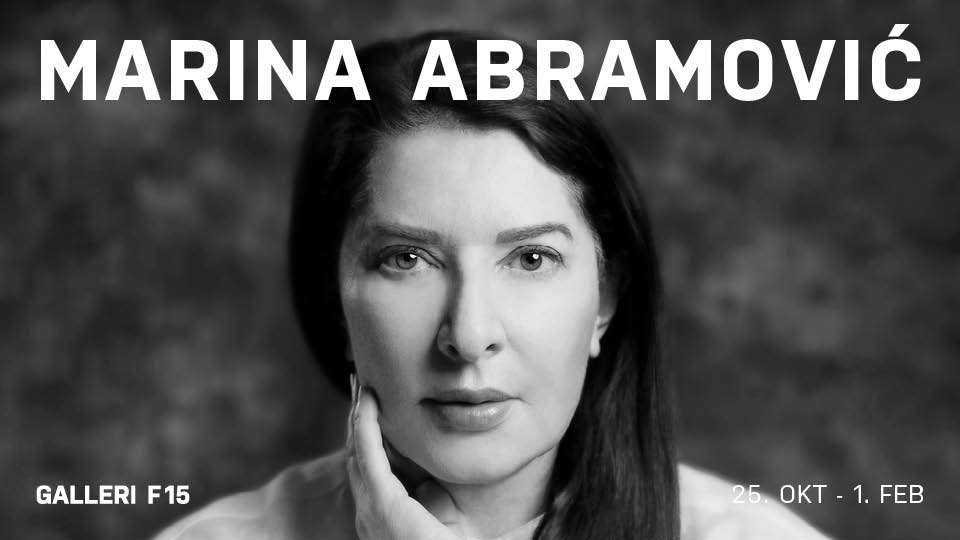
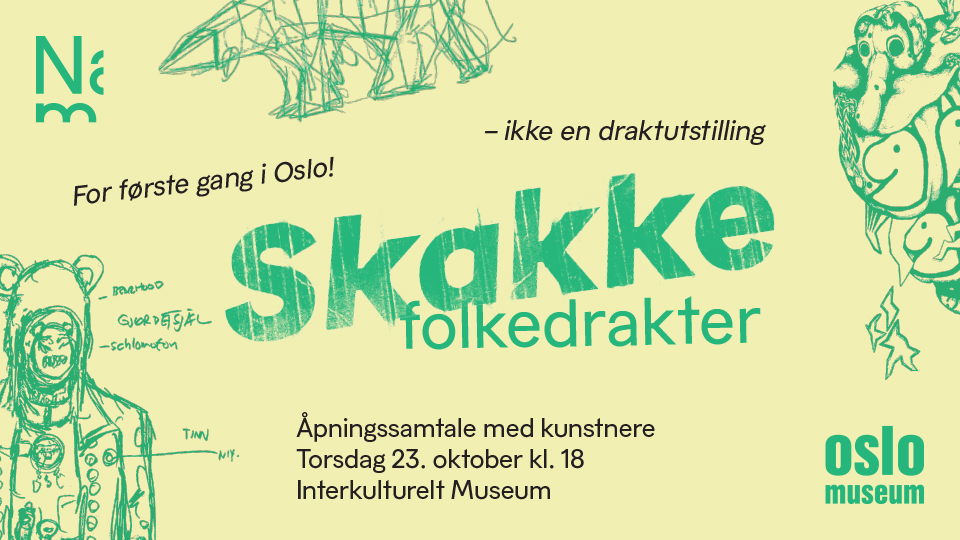
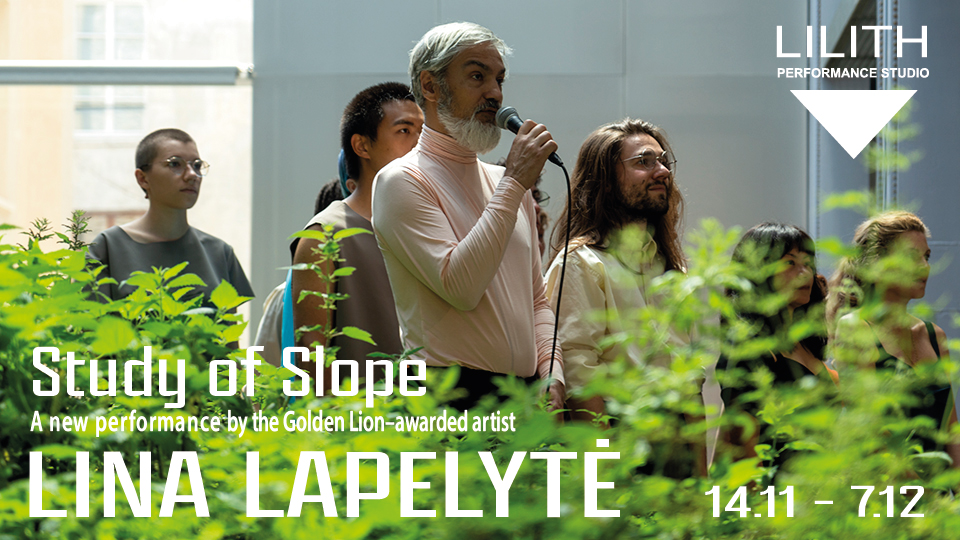
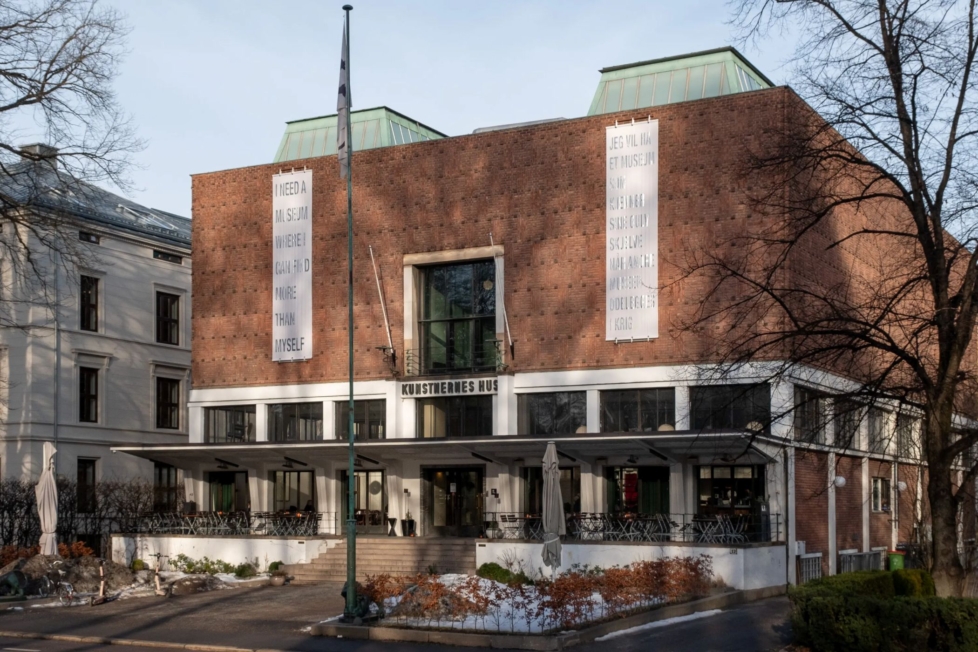
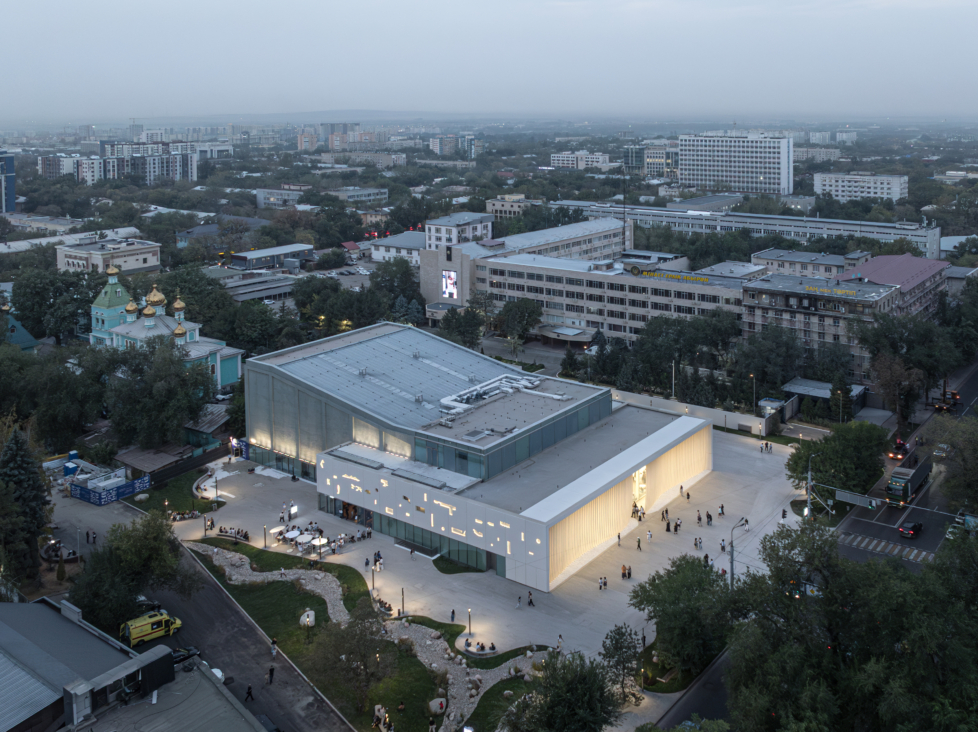
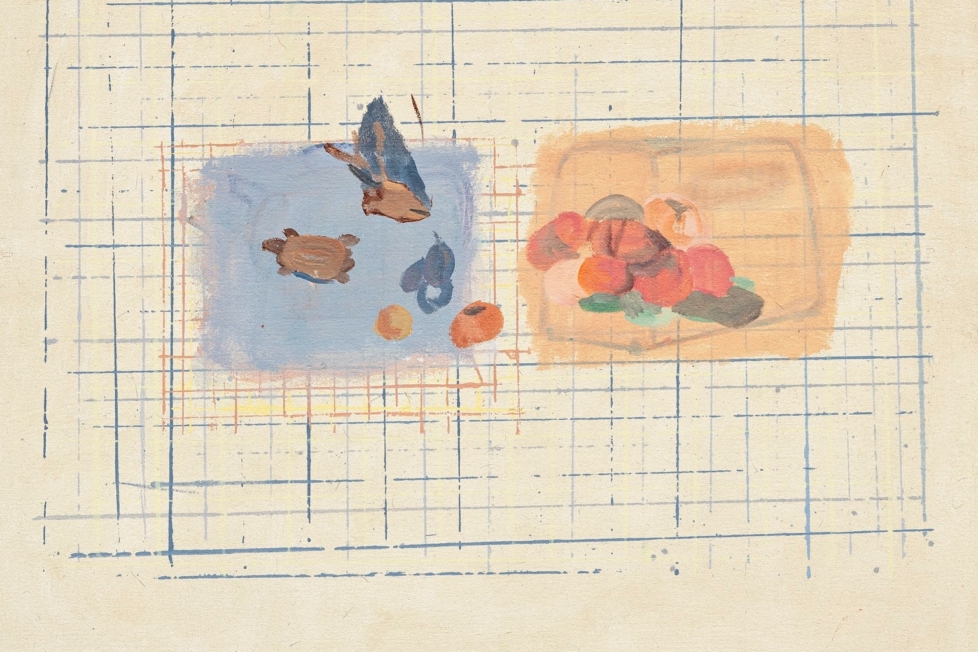
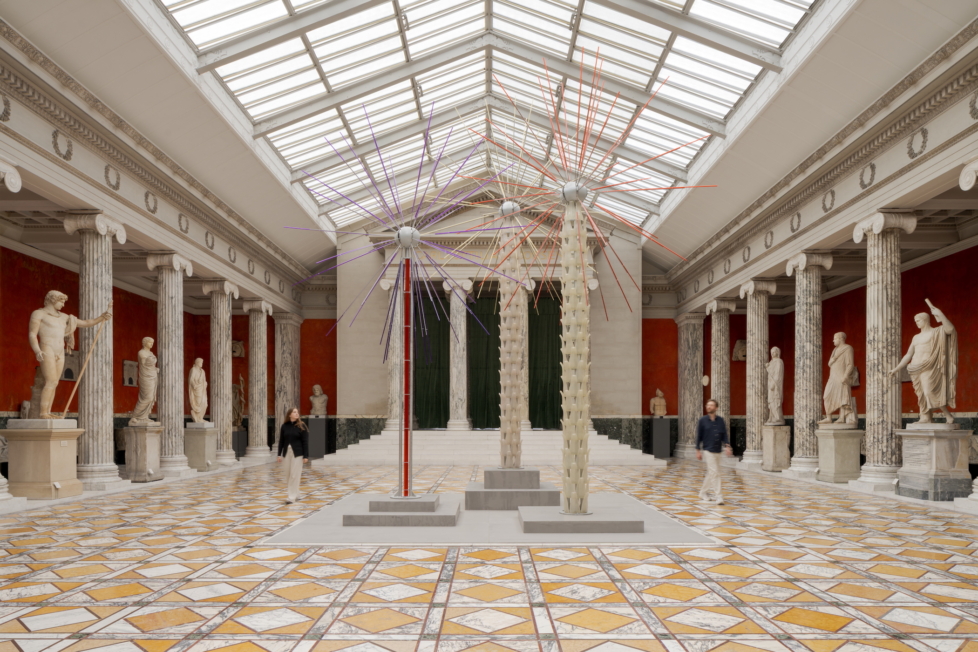
Das Ist ein Text, der mir auf vielfältige Weise aus «dem Herzen» spricht; dem fühlenden, dem reflektierendem und dem selbstreflexiven Herzen. Den Begriffen auf den Grund zu gehen und diese zurückzuführen auf Ihre ursprüngliche Bedeutung und die Praxis , aus der diese sich herauskristallisiert haben, halte ich für unumgänglich – will man nicht Gefahr laufen nachvollziehbare, komplexe Verzahnungen von elementar- klaren Grundelementen, durch sprachliche Unschärfe in eine Kompliziertheit zu treiben, die jeden produktiven Diskurs im Keim zu ersticken droht.
Very interesting article, this problem should be discussed!!! Thank you
Zofia, Thanks for this thought-provoking commentary. I’m broadly sympathetic to your argument for decolonizing art criticism, as well as your insistence on an intersectional approach. However, I was wondering if you could elaborate a bit on your proposals. When you write that ‘we’ ought to listen to the voices of the ‘underprivileged’, it sounds like you’re arguing for the kind of strategic essentialism advocated by Gayatri Spivak in Can the Subaltern Speak? If so, I wonder if a model of small top-down gestures by newly woke arts professionals ‘allowing’ underprivileged voices to speak isn’t a bit off-target… doesn’t this risk the kind of tokenism that you’re arguing against? Indeed, it seems to me that without grounding in concrete forms of struggle, the force of such a model is debatable. After all, power is seldom just relinquished… Is it unthinkable that efforts at decolonizing art criticism would spurn platforms such as Artforum and Frieze (or for that matter Kunstkritikk)? Or that such critical efforts, as a form of self-defense, would be shaped by refusals, for example, of representation, symbolic capital, and the (bourgeois) public sphere? I’d be curious to hear your thoughts on these matters. Thanks in advance for your response!